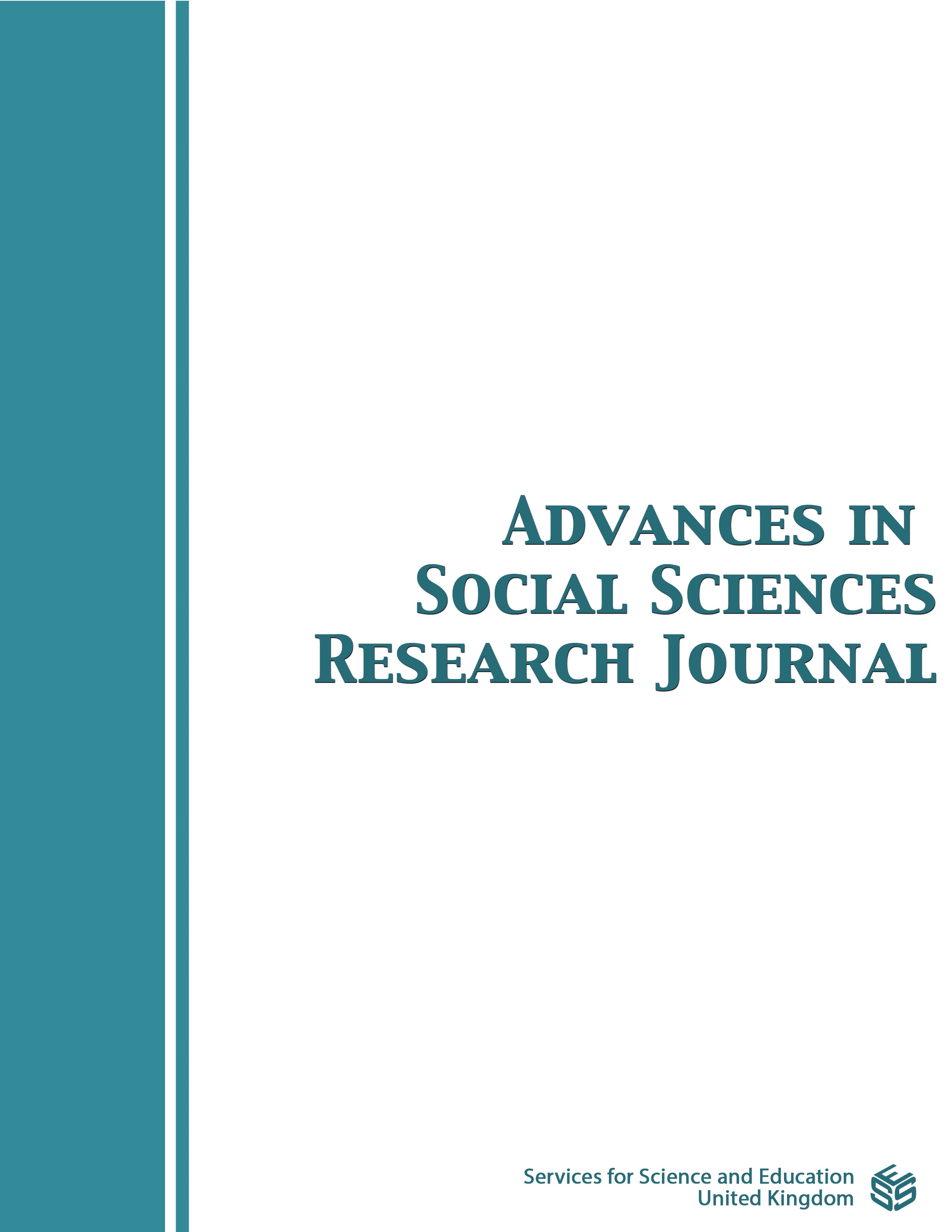An Overview of Malaysia’s Retail Organic Foods Market and Its Consumption Behavior
DOI:
https://doi.org/10.14738/assrj.1111.17821Keywords:
Retail, Organic Foods, Purchase Intention, MalaysiaAbstract
Growing global awareness of health and environmental sustainability has significantly increased the demand for organic foods, a trend gaining traction in Malaysia. This research provides a comprehensive overview of consumer consumption patterns and purchase intentions for organic foods in Malaysia’s retail sector, identifying key factors influencing their choices. The study examines Malaysia’s broader food retail landscape, focusing on the growing organic segment and its evolving consumption patterns. It also explores the organic food market, considering domestic production and the availability of imported goods that shape consumer choices and market growth. The study offers practical insights into consumer decision-making within the retail food market by examining consumption behavior, such as purchase intentions. The review uncovers critical insights into the organic food market, including its size, rising demand and consumption trends, government and retailer initiatives, and the demographic profiles of consumers who purchase or intend to purchase organic foods. These findings contribute to existing research on organic food consumption in Malaysia and provide valuable guidance for policymakers, government agencies, and retailers aiming to enhance the adoption of organic foods in the Malaysian retail sector.
Downloads
Published
How to Cite
Issue
Section
License
Copyright (c) 2024 Harniyati Hussin, Nabsiah Abdul Wahid

This work is licensed under a Creative Commons Attribution 4.0 International License.
Authors wishing to include figures, tables, or text passages that have already been published elsewhere are required to obtain permission from the copyright owner(s) for both the print and online format and to include evidence that such permission has been granted when submitting their papers. Any material received without such evidence will be assumed to originate from the authors.






